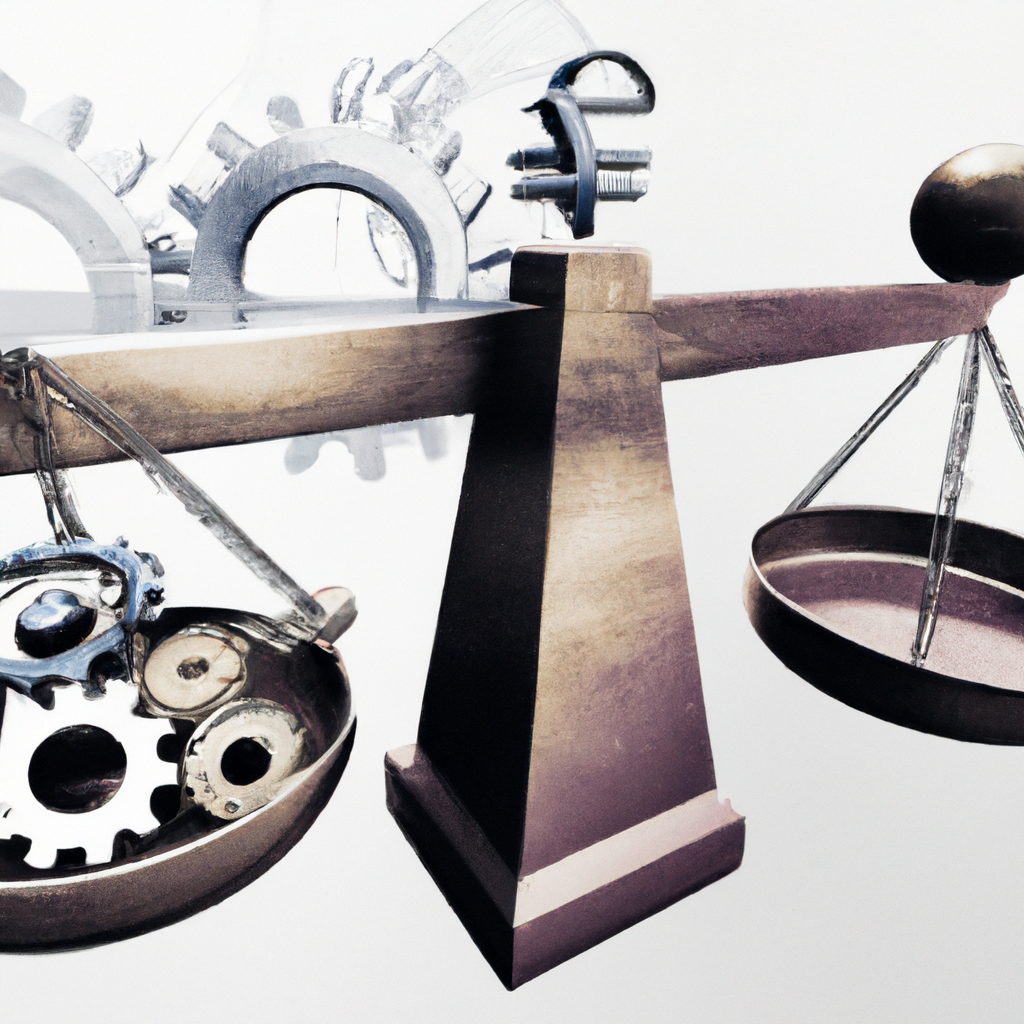In the intricate dance of economics, where booms and busts are an inevitable part of the cycle, the role of monetary policy often comes under scrutiny. As economies around the world grapple with inflation, unemployment, and growth fluctuations, policymakers and economists continuously debate the tools at their disposal to mitigate these challenges. One such tool is monetary policy, a mechanism primarily wielded by central banks to influence a nation’s money supply and interest rates. But an intriguing question arises: Is monetary policy an automatic stabilizer? Unlike fiscal policy measures such as unemployment insurance or progressive taxation, which inherently adjust to economic conditions without explicit intervention, the automaticity of monetary policy remains a contentious issue. This article delves into the nuances of monetary policy, exploring its potential as an automatic stabilizer, and examines the conditions under which it can effectively smooth out economic volatility. Join us as we unravel the complexities of this critical economic instrument and its place in the broader stabilization toolkit.
Sure, here's a comprehensive content outline for an article on the topic "Is Monetary Policy an Automatic Stabilizer":
Monetary policy, conducted by central banks through instruments such as interest rates, reserve requirements, and open market operations, plays a crucial role in stabilizing economies. However, characterizing monetary policy as an "automatic stabilizer" requires a nuanced understanding.
Automatic stabilizers are fiscal tools that naturally adjust to economic conditions without explicit intervention. Examples include progressive tax systems and unemployment benefits, which inherently mitigate economic fluctuations. When the economy slows, tax revenues fall and social spending rises, providing an economic cushion. Conversely, during booms, tax revenues increase and social spending decreases, preventing overheating.
Monetary policy, on the other hand, is typically a discretionary tool. Central banks actively decide when and how to alter interest rates or engage in quantitative easing based on economic indicators. This discretionary nature means monetary policy does not automatically respond to economic changes; it requires deliberate action by policymakers. For instance, during a recession, a central bank may lower interest rates to spur borrowing and investment, stimulating economic activity. During inflationary periods, it might raise rates to cool down spending.
That said, some aspects of monetary policy exhibit characteristics akin to automatic stabilizers. For example, interest rates can indirectly act as stabilizers through market expectations. If market participants believe the central bank will lower rates during a downturn, they may adjust their behavior in anticipation, partially cushioning the economy even before official actions are taken.
Moreover, certain rules-based approaches to monetary policy, like the Taylor Rule, aim to systematize responses to economic conditions. These rules guide central banks to adjust interest rates based on inflation and output gaps, introducing a more predictable and quasi-automatic element to the policy. However, these rules are not universally applied and still require policy discretion.
In summary, while monetary policy is a powerful stabilizing tool, it is not an automatic stabilizer in the traditional sense. It requires active intervention and decision-making by central banks, though certain practices and market anticipations can lend it a quasi-automatic dimension in stabilizing economies.
